The Salmon Lifecycle: An Epic Migration
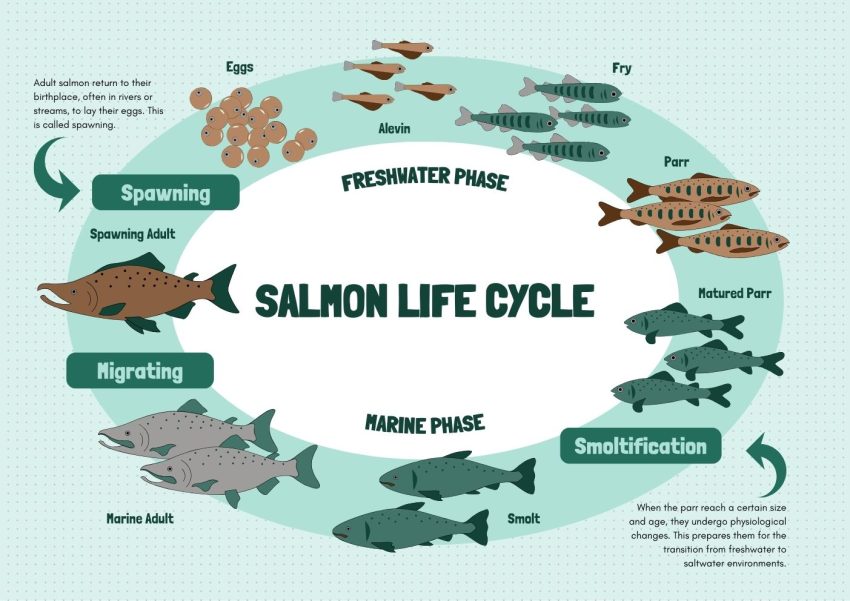
What Is the Salmon Lifecycle?
The salmon lifecycle is a remarkable journey, unique in the animal kingdom. These fish travel thousands of miles throughout their lives. They face numerous challenges in both freshwater and ocean environments.
Fascinatingly, a salmon’s life can span anywhere from 2 to 7 years, depending on the species. This journey is essential for their reproduction and survival. Let’s explore the stages of a salmon lifecycle in more detail.
Spawning Stage
The spawning stage is the start of the salmon lifecycle. Adult salmon return to their birthplace in freshwater.
Here, females create gravel nests to lay eggs. Males then fertilize these eggs. Both females and males ensure the continuity of their species.
After spawning, most salmon die. In this final act, the cycle of life continues as new generations begin. So ironically, it’s both the start and end of the salmon lifecycle.
1. Eggs

Salmon eggs mark the beginning of the salmon lifecycle. Laid by female salmon in freshwater, these eggs are nestled in gravel nests called redds.
They are often small, with a distinct orange or reddish hue. Inside the eggs, the developing salmon are protected until hatching.
Once hatched, they emerge as alevin, the next life stage. This marks the start of the newly spawned salmon.
2. Alevin
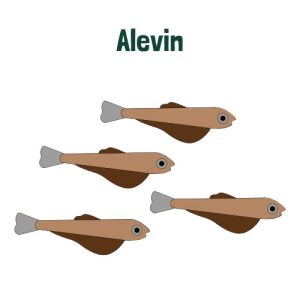
Alevin are the early stage of young salmon, just after hatching. They remain hidden in the gravel of the riverbed, which helps protect them.
Attached to them is a yolk sac, their main source of nourishment. During this time, they develop important body parts like fins.
Gradually, as they grow, they transform into the fry stage. But they still remain in freshwater at this stage.
3. Fry
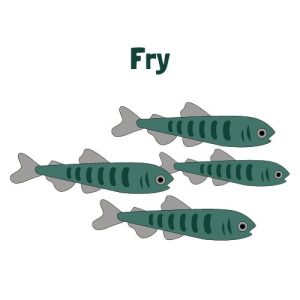
Fry are the young stage of salmon after Alevin. Emerging from gravel nests, they begin to swim and start their independent life.
At this stage, they start feeding on their own. Residing in freshwater rivers, fry continues to actively swim and grow.
They grow and adapt to their surroundings. Eventually, they develop into the next stage, called parr.
4. Parr
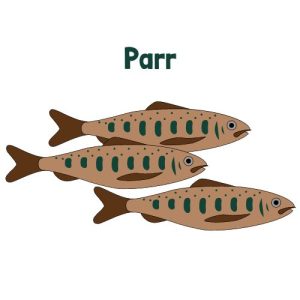
Parr are a stage in the salmon lifecycle after fry. They develop vertical stripes and spots for camouflage.
Living in freshwater, they feed and grow stronger. This helps them prepare for the upcoming stage in saltwater.
These juvenile salmon stay in this stage for one to three years. Then, they transform into mature parr.
5. Mature Parr
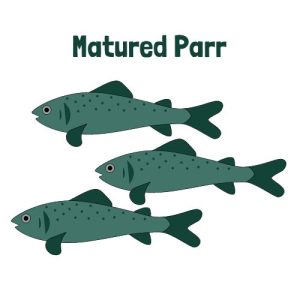
Mature parr are an advanced stage in young salmon’s life. They’re larger and stronger than younger parr.
These salmon are almost ready for ocean life. One thing that distinguishes them is that they develop distinct markings and colors.
Up to this point, the salmon lifecycle has taken place in freshwater. But soon, they are ready to transform into smolt and migrate to the sea.
Smoltification Stage
When the parr reach a certain size and age, they undergo physiological changes. This prepares them for the transition from freshwater to saltwater.
The smoltification stage is a major transition in the salmon lifecycle. In this stage, young salmon adapt from freshwater to saltwater living.
They become silvery and streamlined for ocean life. After smoltification, they migrate to the ocean, marking a new life phase.
6. Smolt

Smolt are young salmon in a key transition phase during the salmon lifecycle. After smoltification, they adapt to saltwater from freshwater.
Their bodies change, becoming silvery and sleek. This stage prepares them for life in the ocean.
In the next stage, they are nearing their full size and form. Eventually, they will migrate to the sea, growing into adult salmon.
7. Marine adult

Marine adult salmon are fully-grown salmon living in the ocean. In this stage, they feed and grow to their full size.
They spend several years in the ocean, gaining strength. Their bodies become more powerful and better adapted for sea life.
We are approaching the end of the salmon lifecycle. All they have to do is return to freshwater to spawn, completing their lifecycle.
Migrating Stage
The migrating stage is another key phase in the salmon lifecycle. It involves traveling from freshwater to the ocean or vice versa.
Young smolt migrate to the ocean to grow into adults. Adult salmon return to their birth rivers to spawn.
This journey is challenging and essential for their reproduction. It’s what makes salmon such a unique species during reproduction.
8. Spawning adult
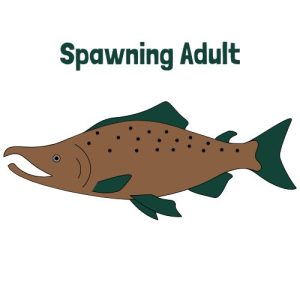
The spawning adult stage is the final phase in the salmon lifecycle. These are mature salmon returning to freshwater to reproduce.
They often travel long distances to reach their birthplaces. Once there, females lay eggs and males fertilize them.
After spawning, most of these adults die. This concludes their life journey, where new salmon return to the start of the cycle as eggs.
The Salmon Lifecycle
From stream to sea, the salmon lifecycle is a fascinating journey. These resilient fish undergo remarkable transformations.
It starts with tiny eggs in freshwater to strong adults in the vast ocean. Their migration challenges are immense, yet crucial for their survival and reproduction.
This cycle not only showcases nature’s wonder. But it also highlights the importance of protecting aquatic ecosystems for future generations.
Looking to learn more about other animal lifecycles? Learn more about the stages of a butterfly lifecycle, from egg to caterpillar and finally butterfly.
Frequently asked questions
During their lifecycle, salmon live in both freshwater and saltwater. They start as eggs in freshwater rivers or streams. As fry and parr, they continue to live in freshwater. When they become smolt, they migrate to the ocean. As marine adults, they live in the ocean before returning to freshwater to spawn.
In the freshwater phase, salmon start as eggs, alevin, fry, and parr. This environment is calm, providing shelter and food for growth. The water is less dense and has lower salinity. In the marine phase, as smolt and adults, they face vast, open waters. Here, they encounter diverse food sources and stronger predators.
The salmon lifecycle varies, typically taking 2 to 7 years. It starts with eggs hatching in a few months. As fry and parr, they spend 1 to 3 years in freshwater. In the ocean, as smolt and adults, they live 1 to 5 years. Finally, they return to freshwater to spawn, completing their cycle.
Yes, sockeye salmon undergo the salmon lifecycle. Similar to other types of salmon, they start as eggs in freshwater. Then, they complete the lifecycle from egg to spawning adult.


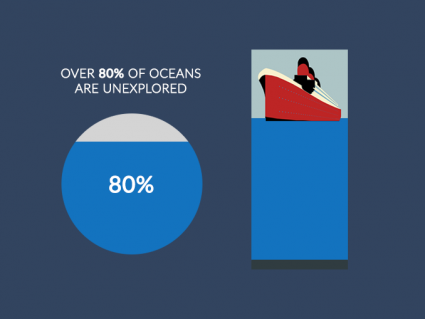
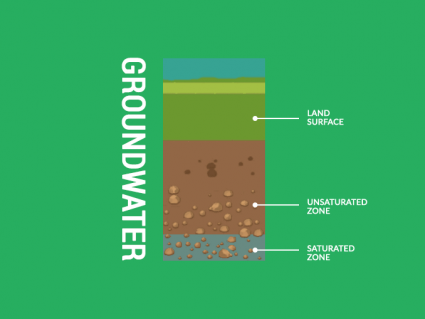
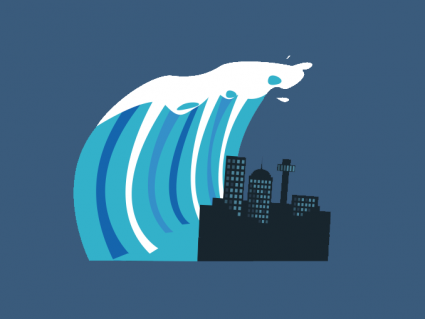
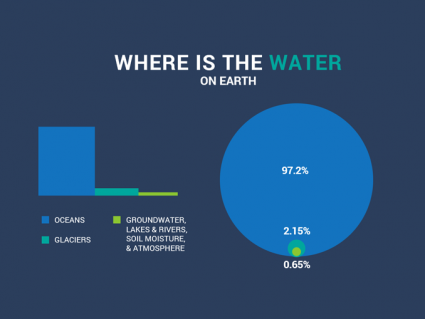

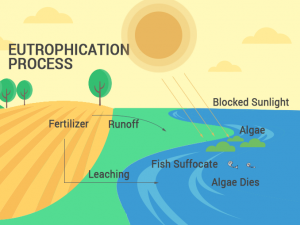
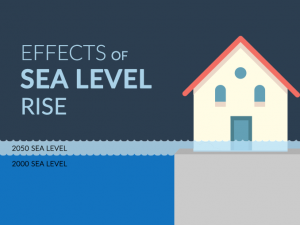



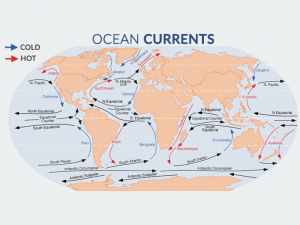

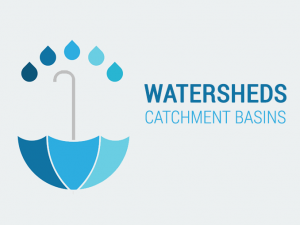
Nice Article.